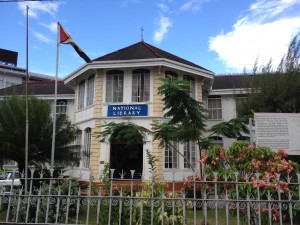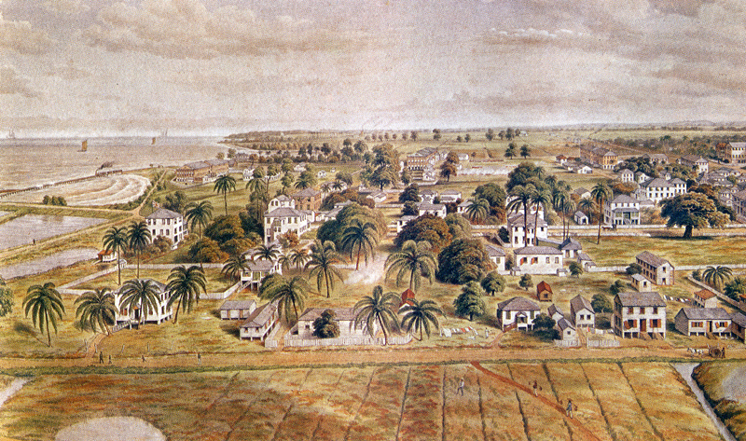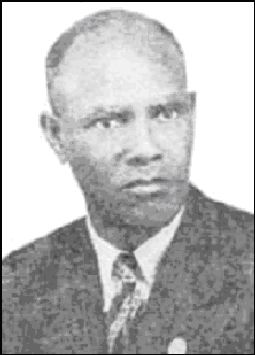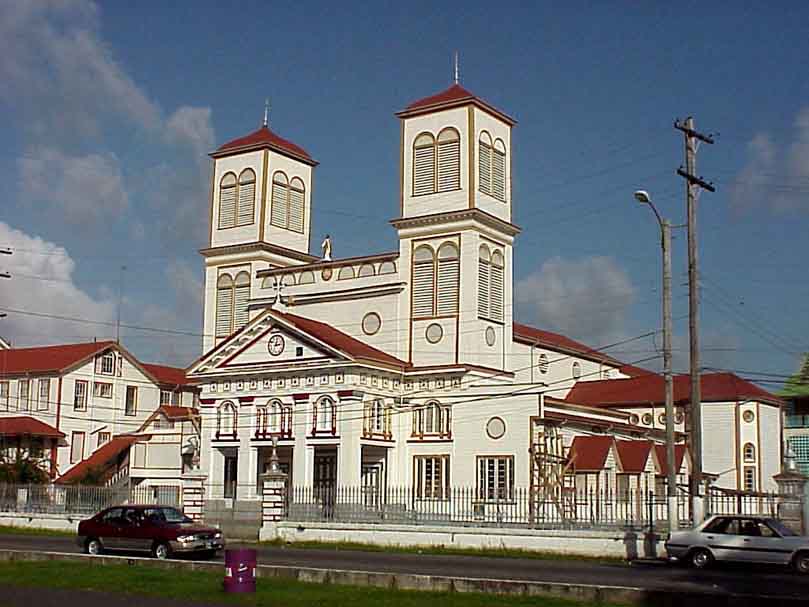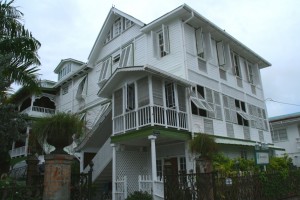
During 1759, Jaques Salignac applied for a grant of 500 acres of land for cotton and coffee cultivation. He was granted permission by the Court of Policy. Salignac named this tract of land La Bourgade. In 1807 Thomas Cumming, a Scotsman, became the owner of the estate and renamed Plantation La Bourgade Cummingsburg, after his family, it was a town two miles in circumference and most regularly arranged.
A special feature of Cummingsburg was the provision of fresh water reservoirs. These were filled with small fish and were later planted with Victoria Amazonica and Lotus lilies by Luke M Hill. The reservoir in Main Street was filled up and converted into a walkway in 1897. It was named the Queen Victoria Promenade by the Mayor and Town Council in honour of Her Majesty’s Diamond Jubilee (this area is now known as Main Street Avenue). In later years other reservoirs were converted into similar walkways.
